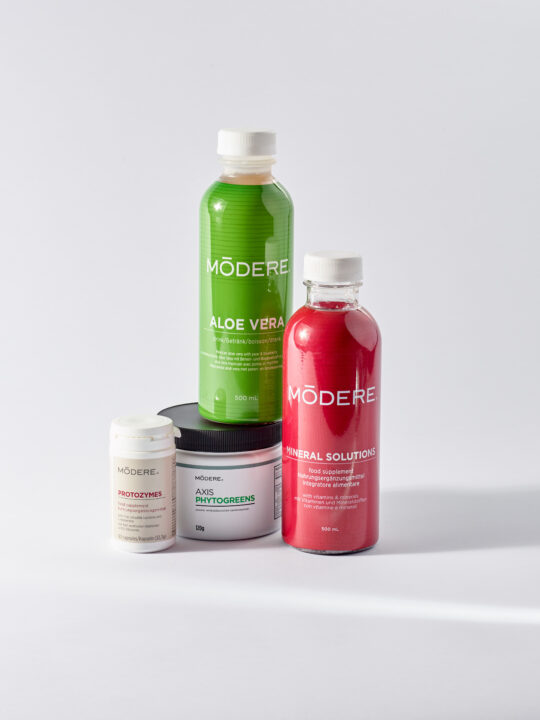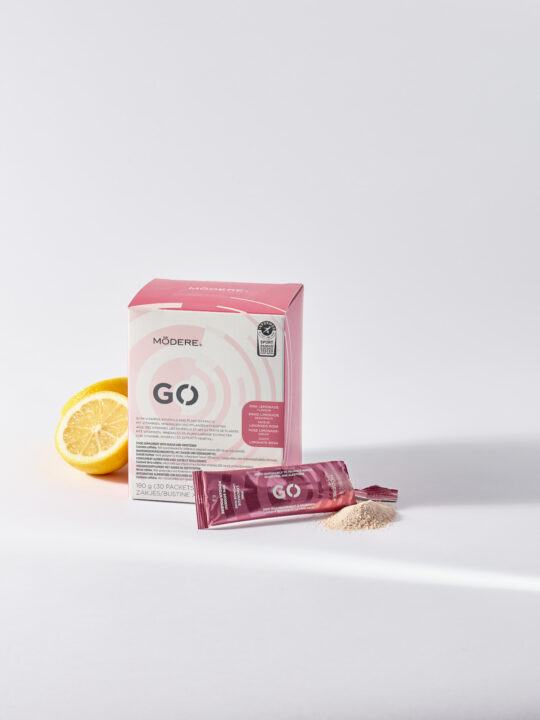When you’re right on track with your #m3newme nutrition and habit changes, there can be nothing more frustrating than hitting that infuriating plateau. However, sometimes this is the opportunity to evaluate your progress and see if your efforts are well deserved. It’s actually quite a normal phase in your diet. Your body is adapting to new eating habits and it can take some time to reach your end goal. Don’t take these plateau levels negatively. Imagine that it’s your body settling into your new “size”, your new “weight” or your new “measurements”. It’s like when you buy a new pair of shoes, it takes a bit of time for them to get used to the shape of your feet, then they mold into them. If your feet kept growing, your shoes would probably hit their own plateaus and adapt progressively to the size.
You can usually expect to lose between 0,5 and 1,5kg a week when you start a new healthy eating plan. This can vary depending on a few factors including the weight you start with and the amount and intensity of exercise you do. Your ability to stick to your new eating habits will also be influenced by your emotions, stress and the intensity of your social life. So if you’re in the middle of the Christmas celebrations, it’s only human to be influenced and diverge slightly from your routine. But that doesn’t mean you need to give up! It means you might want to have a quick evaluation of how you did the in the past week(s) so you can move forward in a more coherent manner. Here are a couple of factors to consider:
- Check your hunger and satisfaction signals
Are you eating without feeling hungry? Or are your forcing yourself to finish your plate when you are no longer hungry? Listening to your body telling you it has eaten enough and when it is hungry is important. Hunger and satisfaction are signals your body send to you to tell you that either your body requires energy or that it has absorbed enough energy and nutrients to fulfil the need. Listen to them and don’t overeat or eat inattentively, it will help you to cut out those extra calories your body didn’t really need.
- Check your fat intake
All hail olive oil! Agreed, because it is a source of good fats. However, good fats are not calorie free. 1 tablespoon of olive oil counts approximately 90 calories. So if you are cooking your meals in oil baths or soaking your salads in oil, you’re actually adding a lot of calories. Try and measure the amount of oil you use with a tablespoon and see if maybe you can cut it down by 1-2 tablespoons per meal.
- Check your plate proportions
Vegetables are not only tasty and colourful, they are also low in calories, high in water, nutrients and fibre. Which means they are your “go to” food. The more vegetables you add to your plate, the less of the rest can fit in your plate. Aim to fill half your plate with vegetables and cut the rest of your plate with quarter protein and quarter carbs. Who said size didn’t matter?
- Check your snacks
Are you making sure you’re having Sustain as a snack and using Sync before dinner as part of your M3 pledge? Sustain is there to fight those in-between meal hunger pangs and stop you from grabbing high fat/high sugar snacks instead. Sync is there to fill you up a bit before dinner to help you eat less of your meal. So make sure you listen to your appetite signals and answer them with the appropriate products.
- Check you activity level
Have you started moving more? Taking the stairs, walking the dog or taking the bike into work? Are you combining all those tips? Are you exercising frequently? Evaluate how much activity you get into your week, how many steps you get into your day and see if maybe this is something that might need a little more working on. Why not try swimming or a dance class or adding a fast-walk at the end of your day? The more exercise and activity you do, the less likely you’ll be to plateau. Not only because of the calorie burn, but also because of how good it makes you feel. However, if you are doing a lot of muscle work, maybe that’s why your plateauing, don’t forget muscle mass is heavier than fat mass. It could be your body composition changing.
- Check your sleep patterns
Are you getting 7 – 8 hours of sleep per night? While it is important to exercise to burn calories, it is also important to make sure you get a proper night’s sleep as a lot of energy expenditure also occurs when you are sleeping. Furthermore, if you are lacking sleep, your body will probably crave sugar to keep awake and going throughout the day. So instead of fighting sugar cravings, go to sleep early, away from screens and distractions. Your body will thank you.
Still can’t figure out why your plateauing? Try filling out a food and exercise journal daily. Write everything down. By doing this, you will start to see a pattern of where you might be going astray. You will notice the times that you reached for the wrong foods, how you felt and this process will help you plan more effectively to get you back on track. If not? Then just give it a bit more time. A plateau is just that, a phase, get through it and your #m3newme efforts will be rewarded.








